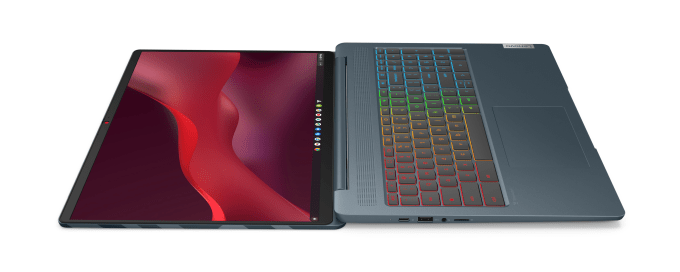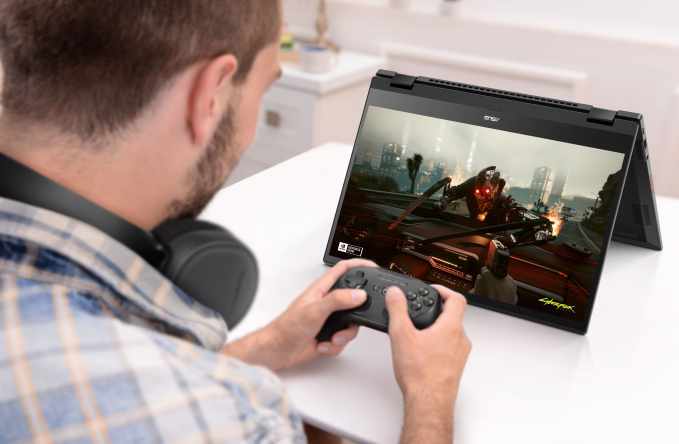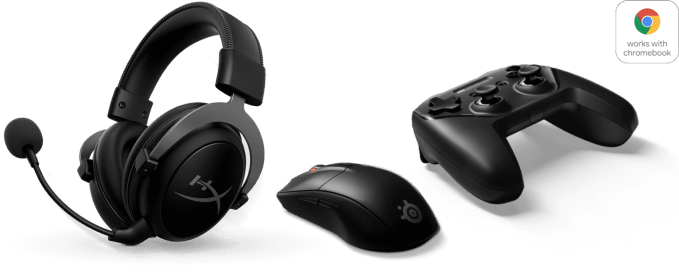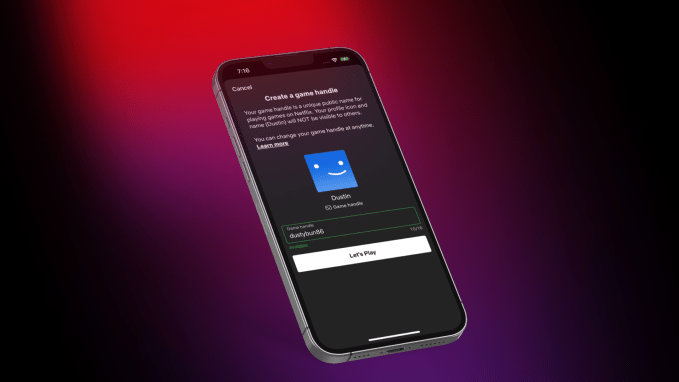The ninth installment in the iconic franchise’s main series games, “Pokémon Scarlet & Violet” melds the best parts of “Pokémon Legends: Arceus” and “Pokémon Sword & Shield” to debut Pokémon’s first open world game, out November 18.
I know what you’re thinking. “Legends: Arceus,” which came out earlier this year, was often described as an open world game despite not quite resembling hits like “Legend of Zelda: Breath of the Wild.” But from the hour-and-change that I got to play “Pokémon Scarlet,” the open world claims seem legit. That is, you can run around and you don’t hit any invisible barriers — but then again, Nintendo designated a very specific corner of the map for these early playthroughs, and I was too busy trying to sniff out brand new Pokémon to put my Koraidon into high-gear and sprint toward the deepest depths of Paldea.
Speaking of which: Koraidon and Miraidon, the legendaries that appear on the covers of “Pokémon Scarlet & Violet,” function differently than past legendaries. Usually, the Pokémon that grace the artwork of new games are over-powered beasts like Kyogre, Dialga or Zacian, which you finally capture after several hours of gameplay. But from very early in the game, you join forces with your game’s chosen legendary, who you can use for transportation. In “Legends: Arceus,” players could ride Pokémon like Braviary, Basculegion and Sneasler to fly, swim, climb or just move faster. Koraidon and Miraidon function the same way, except you don’t have to annoyingly toggle between Pokémon. I guess these legendaries are simply more skilled than poor old Ursaluna.
So, what’s new in “Pokémon Scarlet & Violet”? To be honest, the demo I played seemed to be specifically designed to not give much more away than what’s already been shown in trailers. But I can reveal one very key piece of information. As previously announced, you can make sandwiches with your Pokémon, similar to camping and making curry in “Sword & Shield.” And unfortunately, yes — you can, indeed, feed Lechonk a ham sandwich. I’m so sorry.

Image Credits: Nintendo
Three different story routes
Paldea is inspired by the Iberian peninsula (Portugal and Spain) — a bit more exciting than the time when Pokémon based “Black & White” off of New York City and gave us Trubbish, a literal trash bag Pokémon. Instead, we get cuties like the little piggy Lechonk, a play on lechon, the Spanish word for cooked pork (that’s why it was so awful that I fed Lechonk a ham sandwich, he is literally a pig, ham comes from pigs, I already apologized, I don’t know what you want from me.)
Because it’s an open world game, players can choose the order in which to explore “Pokémon Scarlet & Violet.” There are three story routes, which can be explored in any order: Victory Road, Path of Legends and Starfall Street.
Victory Road is your standard Pokémon storyline — you battle gyms, get badges and challenge the Elite Four. Simple enough. But you also have to complete some side quests in order to get the gym leader to challenge you. The grass-themed gym in Artazon, an art-themed town, requires the player to play hide and seek with a horde of Sunflora.
This is where the non-linear storyline might get tricky — if you’ve already explored other storylines, will you simply just eviscerate Brassius’ Sudowoodo? Then again, we’re adults playing a game for children. If you want a real challenge from the gym battles, just play a Nuzlocke run.

Image Credits: Nintendo
The Path of Legends route resembles the boss battles in “Legends: Arceus,” only less frustrating. In “Legends: Arceus,” you had to throw balls of the Pokémon’s favorite food (?) at it while avoiding its ferocious attacks. In the new games, you just battle a particularly strong Pokémon. But the large Klawf that I faced scampered off before I fully drained its health, and I was told not to run after it in my demo, so hey. Maybe we’ll still have to throw food at Pokémon after all. I’m not looking forward to it.
Then, there’s Starfall Street, which occupies the “defeat the bad guys!” part of your standard Pokémon story. We first encounter Team Star at a base that’s not too far from Artazon. You have to ring the doorbell to go inside — I accidentally flew over it on my Koraidon, and Team Star did not take kindly to that. Then, you complete another pre-battle challenge: you have 10 minutes to defeat thirty Pokémon, like Vulpix, Torkoal and Houndoom.
In past games, KO-ing 30 Pokémon that quickly would be difficult. But “Scarlet & Violet” lets you “auto battle” wild creatures, which makes the process of grinding to level up a bit less strenuous. Is this a quality of life improvement, or does it take away the rite of passage of raising your Pokémon? Eh, we already moved past that once the Exp. Share became so overpowered.
One inarguably helpful quality of life improvement is “auto heal,” which applies items from your bag to heal a Pokémon back to full health. Gone are the days of feeding your Hoppip three different potions to recover 60 HP. Like other recent games, you can also change your party Pokémon on the go.
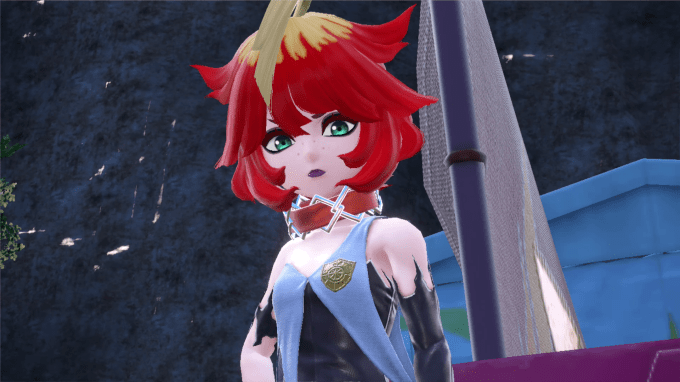
Image Credits: Nintendo
When you defeat those 30 Pokémon, Team Star’s Mela challenges you to a battle against her surprisingly bulky Torkoal, which sits atop the Starmobile, a giant car that wouldn’t be out of place at a pride parade. Even Game Freak is attuned to the disco ball trend!
But here’s where it gets trippy. Once you defeat the Torkoal, you can fight the Starmobile. I’ll leave it at that, for legal reasons.
Key new features in ‘Pokémon Scarlet & Violet’
I’ll admit: I do not care about Mega Pokémon, or Dynamax Pokémon, or whatever else we’ve been led to believe is the next frontier of battling our silly little guys (shiny mega Gengar is badass, though). But surprisingly enough, Terastal Pokémon are actually useful, adding a new element to the strategy of Pokémon battling.
When your Pokémon terastalizes, it takes on a new type. So, for example, Gym Leader Brassius’ Sudowoodo turns from a rock type to a grass type. Not a strategic move for Brassius, who’s probably facing off against a fire-type Pokémon like Pawmi or Fuecoco. But imagine throwing a Pikachu into battle, only for your opponent to throw out a Golem — if you can terastalize into a water type, for example, maybe you can win that matchup!

Image Credits: Nintendo
Pokémon don’t always have the same tera form. So, one Pikachu might turn into a grass type, while another might become a fire type. But the tera forms aren’t assigned completely at random — if you encounter a Pokémon in a raid den, there’s a higher chance that it will have a rarer tera form.
Online raid battles were introduced in “Sword & Shield,” but the battle system in “Scarlet & Violet” is far more engaging. It’s a similar format — four trainers battle a rare, powerful Pokémon — but the updated system is no longer turn-based. So, if your fellow trainers are taking too long to cheer you on or attack the boss, it won’t be as annoying. Soon enough, you can catch that cool tera form.
First impressions
As a Pokémon fan, I am absolutely delighted by “Pokémon Scarlet.” Give me more games! I like the little pocket monsters!
As someone whose job it is to think about games critically… it’s a bit more complex. If you loved “Pokémon Sword & Shield” and “Pokémon Legends: Arceus,” then you’ll love “Pokémon Scarlet & Violet,” even if it feels a tad repetitive. But if you already thought that the graphics from “Sword & Shield” sucked, or that Charmander is a class traitor since it was the only Kanto starter to initially appear in the game), you might be less excited. But would it soften the blow if I told you that I don’t think Charmander is going to make an appearance in Paldea (yet)?
This the problem with Pokémon. Game Freak and Nintendo know that no matter what they make, people will buy it, because we are simply pawns of the Pikachu machine. So, why not churn out as many games as quickly as possible? But as we pay Big Eevee $60 a pop for each and every game, we just might wonder how good “Scarlet & Violet” would be if the new installment had one more year to develop.
$60 a pop for each and every game, we just might wonder how good “Scarlet & Violet” would be if the new installment had one more year to develop.
I played a sneak peek of ‘Pokémon Scarlet,’ the franchise’s first open world game by Amanda Silberling originally published on TechCrunch

Powered by WPeMatico
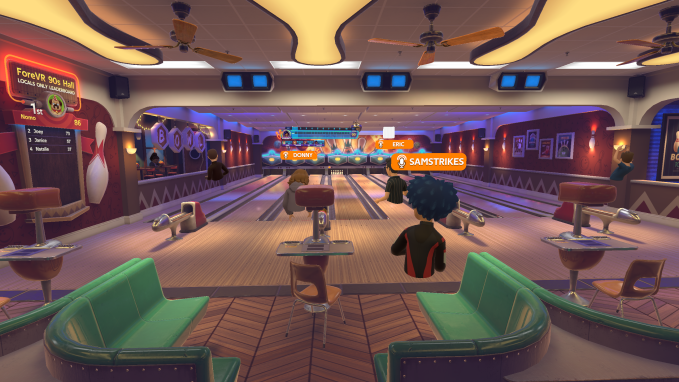




 $60 a pop for each and every game, we just might wonder how good “Scarlet & Violet” would be if the new installment had one more year to develop.
$60 a pop for each and every game, we just might wonder how good “Scarlet & Violet” would be if the new installment had one more year to develop.

